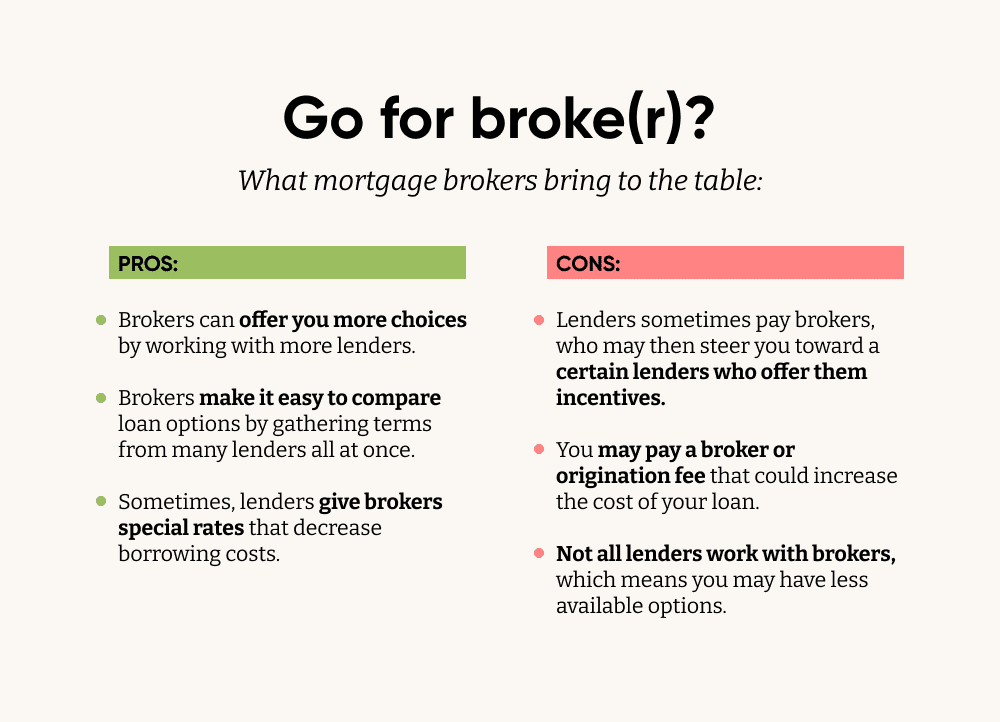Understanding Jumbo Loan Demands for High-end Feature
Understanding Jumbo Loan Demands for High-end Feature
Blog Article
Comprehending What a Jumbo Loan Entails and Exactly How It Differs From Traditional Loans
Navigating the intricacies of big fundings discloses a funding choice tailored for those venturing into high-value genuine estate, typically going beyond the restrictions set by the Federal Housing Finance Firm. In comparison, traditional finances are commonly a lot more available, gaining from support by entities such as Fannie Mae and Freddie Mac. The considerable risk connected with big finances requires more rigorous certification requirements, consisting of higher credit history and significant down settlements. As these two lending kinds cater to differing monetary landscapes, understanding their subtleties is critical for making notified decisions in the complicated world of property funding. How do you figure out which path ideal fits your economic technique?
Interpretation of Jumbo Lendings
Jumbo finances are a kind of mortgage that surpass the adapting loan limitations established by the Federal Real Estate Money Agency (FHFA) These fundings provide to consumers that need to finance residential or commercial properties that are extra pricey than what standard lending limitations enable. The FHFA establishes annual adhering financing limitations, and any kind of financing surpassing these limits is categorized as a jumbo car loan.
Usually, jumbo car loans are utilized in high-cost property markets where home rates dramatically surpass national averages, such as in cities or deluxe housing sectors. As these lendings are not qualified for acquisition by Fannie Mae or Freddie Mac, they carry inherent dangers for lenders as a result of their bigger size and non-conformity (jumbo loan). Lending institutions frequently impose more rigid qualification requirements for jumbo fundings than basic adjusting fundings.
Debtors seeking big fundings must normally show a strong economic account, including a greater credit history, durable revenue verification, and considerable down repayment, often 20% or even more. Additionally, lending institutions may need extra considerable documents to evaluate the consumer's ability to manage larger month-to-month settlements. Understanding the details features of jumbo financings is essential for prospective debtors browsing this sector of the mortgage market.
Traditional Fundings Review
While jumbo lendings deal with high-value building funding, standard fundings stand for the even more usual mortgage choice in the housing market. These fundings are not insured or ensured by any type of government entity, such as the Federal Housing Administration (FHA) or the Department of Veterans Affairs (VA) Rather, they are backed by personal loan providers and follow guidelines set by government-sponsored enterprises (GSEs) like Fannie Mae and Freddie Mac.
Standard loans are typically offered with dealt with or flexible rates of interest and vary in regards to period, generally covering 15 to thirty years. Customers typically like standard loans for their foreseeable regular monthly payments, which can facilitate lasting monetary planning. In addition, they are offered for main residences, second homes, and financial investment properties, supplying versatility to meet varied customer demands.

Secret Distinctions In Between Lendings
Understanding the nuances in between various kinds of loans is essential for potential property buyers browsing the intricate home mortgage landscape. At the center of this decision-making procedure are big fundings and traditional loans, each having distinctive characteristics and serving different borrower needs. The key distinction relaxes in the loan quantity. Big financings go beyond the adhering funding limitations set by the Federal Housing Finance Agency (FHFA), which vary by area. On the other hand, standard financings stick to these limits and are usually bought by government-sponsored entities like Fannie visit this site right here Mae and Freddie Mac.

Furthermore, the deposit demands can differ substantially. Jumbo fundings generally call for bigger deposits, in some cases surpassing 20%, to mitigate risk. Traditional car loans, conversely, might permit lower deposits, with some programs approving just 3% for professional purchasers.
Certification Demands
Securing a jumbo car loan involves satisfying extra rigid certification requirements contrasted to conventional lendings, mirroring the enhanced threat to loan providers. These lendings, which go beyond the adhering loan limits established by the Federal Housing Financing Firm (FHFA), are not eligible for acquisition by Freddie Mac or Fannie Mae, thus subjecting lenders to higher monetary threat - jumbo loan. Therefore, consumers need to show a high credit reliability and monetary security
A durable credit scores score, typically 700 or greater, is essential for authorization. Lenders also expect a reduced debt-to-income (DTI) ratio, usually not surpassing 43%, ensuring that debtors can manage significant monthly repayments alongside various other monetary commitments. A substantial cash book is normally required, typically amounting to 6 months of mortgage repayments, to comfort lenders of the customer's monetary strength.
Deposit expectations are likewise raised, regularly starting at 20% or more of the building's value. While this is a protect for loan providers, it requires substantial ahead of time capital from borrowers. Furthermore, proof of constant, adequate earnings is necessary, generally verified through income tax return, W-2s, and current pay stubs. Freelance people might require to supply more documents, such as earnings and loss declarations, to confirm their revenue security.
Choosing the Right Car Loan
Navigating the complexity of big financings calls for cautious consideration when selecting one of the most ideal finance choice. With the broader array of choices available to those seeking jumbo lendings, the decision-making procedure must involve a thorough evaluation of one's financial account and long-term objectives. Unlike traditional loans, big car loans commonly come with more stringent demands and varied rate of interest rates, which necessitate comprehensive research and a clear understanding of one's monetary standing.
When choosing between various jumbo finance offerings, it is critical to assess the loan terms, consisting of interest rates, settlement schedules, and connected costs. Customers need to compare the rates given by different lending institutions to ensure they protect one of the most favorable terms. Furthermore, recognizing the implications of repaired versus variable-rate mortgages (ARMs) is essential, as each choice offers distinctive benefits and dangers depending upon market problems and individual financial techniques.
Involving with an economic expert or mortgage broker can offer useful understandings customized to individual circumstances. go to my blog These specialists can aid in navigating the nuances of big financings, guaranteeing that customers are knowledgeable and furnished to pick a lending that aligns with their monetary objectives, eventually assisting in a smoother home-buying procedure.
Final Thought
In recap, jumbo finances act as an economic tool for getting high-value residential properties, demanding rigorous qualification needs and greater rate of interest due to the elevated risk for lending institutions. Unlike standard financings, which comply with FHFA limits and might get backing from Fannie Mae or Freddie Mac, big loans require a minimal credit rating rating of 700 and substantial deposits. Comprehending these distinctions is critical for consumers in high-cost realty markets to identify the most ideal finance choice for their needs.
The FHFA develops annual conforming loan restrictions, and any why not look here type of loan going beyond these thresholds is identified as a jumbo lending.
At the center of this decision-making process are jumbo lendings and standard fundings, each having distinct characteristics and serving different consumer requirements.Protecting a big finance includes fulfilling much more rigorous certification requirements contrasted to conventional financings, mirroring the enhanced risk to lending institutions. Unlike traditional loans, jumbo financings typically come with more stringent needs and varied passion prices, which necessitate comprehensive study and a clear understanding of one's financial standing.
Unlike conventional finances, which conform to FHFA limits and may get support from Fannie Mae or Freddie Mac, big lendings need a minimal credit rating score of 700 and considerable down settlements.
Report this page